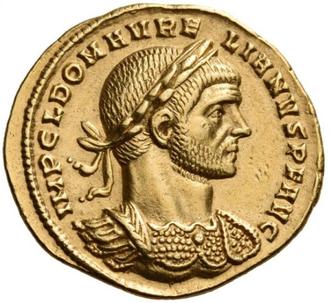
It started with a castle, and then it grew grand, spawning Emperors. But it lost its lords and got lost in the margins of an Empire. Traded in a multiplayer deal as the also-ran and a shadow of its former self, but still grand.
It started with a castle.
Story in the evening ...
It started with a castle.
Story in the evening ...
https://twitter.com/Arby_K/status/1429994475854598150
Siegfried was born in the first half of 10th century to Cunigonde, a granddaughter of Louis the Stammerer, King of West Francia. His father may have been either of Cunigonde's husbands, Wigerich, Count of Bidgau or Richwin, Count of Verdun, or an unrecorded third husband. 1/10 

Like Wigerich and Richwin, Siegfried also held property in Lotharingia. Lotharingia was one of the divisions of Middle Francia in the Treaty of Prüm in 855, which divided the Holy Roman Empire. An earlier division had divided the Empire into three - West, Middle and East. 2/10 

In 963, Siegfried exchanged some of his properties with St. Maximin's Abbey in Trier for a castle, near the Alzette River on a rocky promontory, called Lucilinburhuc (Little Fortress). Imperial records of the time records Siegfried as a Count. 3/10 

After the collapse of the Carolingian Holy Roman Empire, it had been re-formed in East Francia by Otto in 962. Siegfried fought for Otto and his son against West Francia who sought to capture Lotharingia. Siegfried's second cousin, Lothaire, was its King at the time. 4/10 

But his defence of Verdun against West Francian forces in 985 ended in his brief imprisonment. Siegfried's nephew, Godefroi, was the Count of Verdun and was imprisoned along with him as well. In the meantime, Lucilinburhuc grew into a city. 5/10 

Siegfried maintained good relations with the new Holy Roman Empire. In 1000, Siegfried's daughter, Kunigunde, was married to Heinrich, Duke of Bavaria. Heinrich became the Holy Roman Emperor in 1002. But Siegfried had died by then. 6/10 

Siegfried's senior line did not last that long. His castle and its surroundings changed hands ending up with the Duke of Limburg in 1247. In 1353, the then Count Karl, having become King of Germany & Bohemia, raised it to a Duchy and transferred the title to his brother. 7/10 

In 1443, the Duchy became part of the vast Burgundian realm in the Low Countries. From them it passed on to the Habsburgs, with Duke Karl becoming Holy Roman Emperor in 1520. The Duchy then passed on to Karl's son, Felipe, to become part of the vast Spanish Kingdom. 8/10 



The Duchy remained under Habsburg / Habsburg-Lorraine rule till 1815. When Europe got reorganized at the Congress of Vienna, it was elevated to a Grand Duchy, and given in exchange to the new King of Netherlands, for foregoing his claims in Nassau. 9/10 

But it lost some land to Prussia in the process. Since Netherlands was also gaining what later became Belgium at the time, it seemed to be a lesser issue. But when Belgium broke free in 1830, it led to another division of the Grand Duchy to the size which it retains now. 10/10 

• • •
Missing some Tweet in this thread? You can try to
force a refresh














